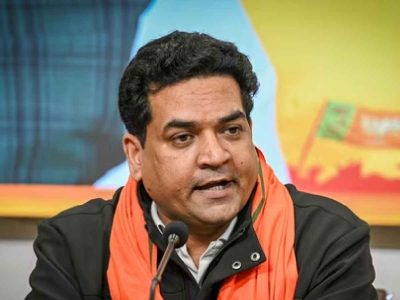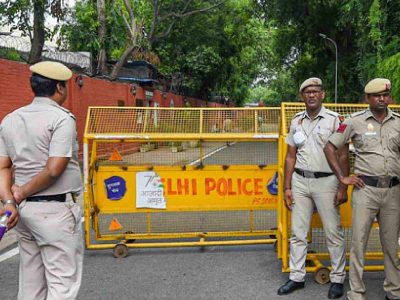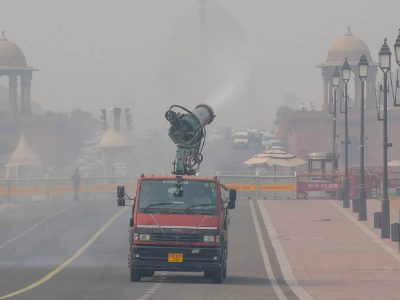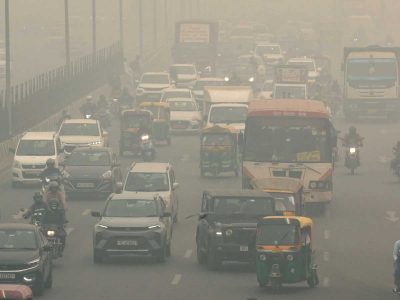Winged visitors at the Okhla Bird Sanctuary (OBS) are not keeping their date with the capital because of the delay in the onset of winter. Officials say they are expecting birds to arrive in the sanctuary by January. When Patriot visited the sanctuary on December 16, only a few birds could be seen in the lake. Though, by December 20, the number and variety of birds had grown. Common coot, seagulls and northern shovelers were common sights.
“Winter arrived here in December this year. Till November, the weather was quite warm so we did not see any birds in the sanctuary. We are expecting more birds to arrive by January,” said the head caretaker at OBS.
Official sighting and counting of the birds is expected to take place in January when the temperature drops.
“The birds are coming as of now. We will be able to say anything with surety once the official schedule has been decided,” said a chief officer of the sanctuary.
In 2021, around 15,000 birds arrived here in December, which included herons, cormorants, terns, kingfishers, coots, gulls, painted storks, common porchards, Oriental darters, storks, greater flamingos, spoonbills, Indian black ibis, green sandpipers, pied avocets and pied stilts.
In recent years, 2018 was when the OBS received its highest number of winged visitors — 25,000 birds in the month of December.
In November, the sanctuary’s wetlands remained dry for nearly 20 days as repair work was undertaken by the irrigation department. Officials had told the media that the maintenance work is carried out every year, but this year the work was more extensive because of which the wetland needed to be kept dry for a longer period.
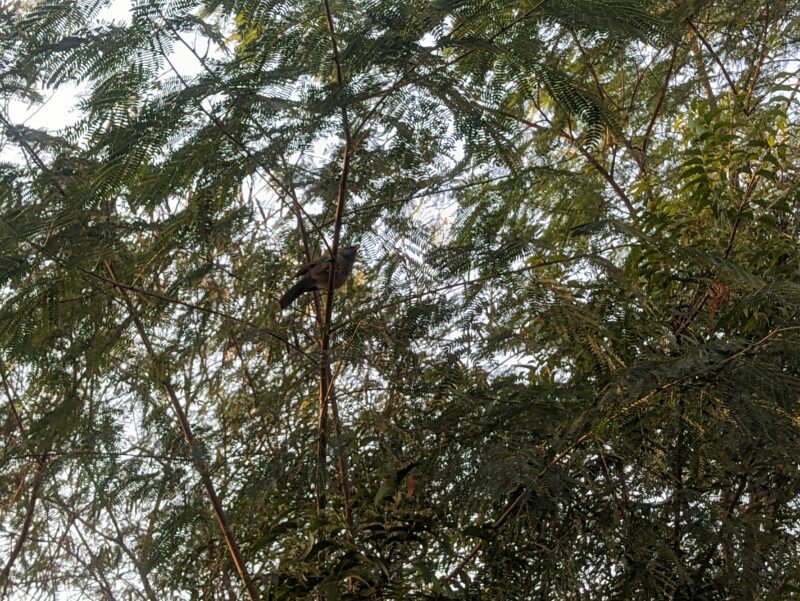
Experts are worried that the timing of the repair work may delay the arrival of migratory birds in the sanctuary.
Ruff, common teal, pied avocet, painted stork, greater flamingo, northern shovellers, common redshank, black-tailed godwit, tiny tern, and whiskered tern are just a few of the migratory birds that visit this place in the winter. The best time to see these birds is in the morning.
Residential birds include black and grey francolin, Indian peafowl, spot-billed duck, yellow-crowned woodpecker, pied kingfisher, house swift, barn owl, spotted owlet, rock pigeon, Eurasian collared duck, among many others.
The OBS is a sanctuary not just for birds, but for many other mammals including the blue bull, Indian bat, Indian grey mongoose, golden jackal and Indian hare, among others.
Over 324 species of birds have been seen here, of which 50% are migratory, 36% are residents, with the remaining being categorised as vagrant sightings. Almost 40% of all birds are considered common, with the remaining 40% being rare. The total bird list includes two ‘Critically Endangered’, nine ‘Vulnerable’, seven ‘Near Threatened’ and one ‘Conservation Dependent’ species.
Many visitors to the OBS are not aware of the biodiversity at this place, while regular visitors were disappointed by the thin presence of migratory birds this season. The footfall at the OBS is low.
“I visit the place mostly in winter. The lake is filled with a variety of birds at this time. It’s a bit disheartening that I don’t see many birds now,” says Shahid, one of the many regular visitors to the sanctuary.
The sanctuary is surrounded by skyscrapers, high-voltage electricity towers, and concrete parks all of which pose a danger to its biodiversity. The constant buzzing of electric wires running overhead is not really the ideal habitat for the birds.
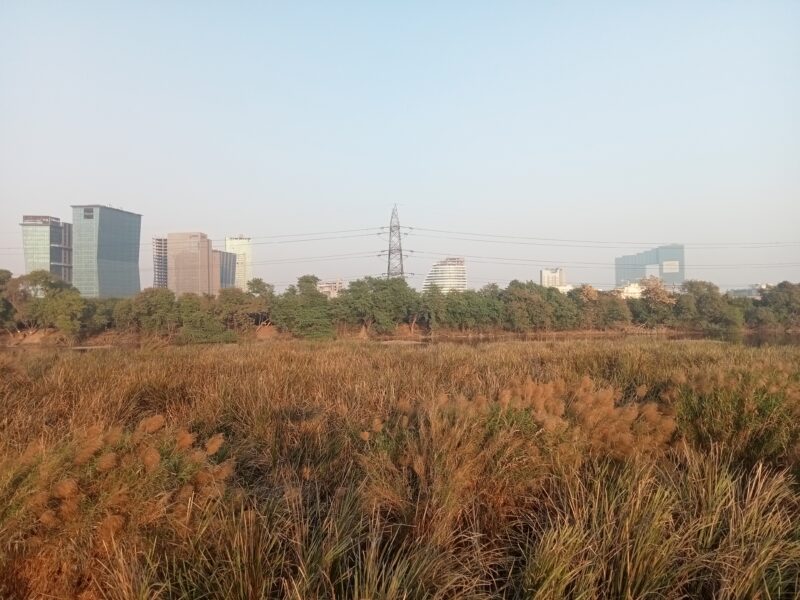
In 2013, the National Green Tribunal issued an order limiting all construction and other projects within a 10-kilometer radius of the Okhla Bird Sanctuary. In April 2014, NGT order stipulated that these projects may only be approved when the National Board for Wildlife (NBWL) gave a No Objection Certificate.
In 2015, National Board for Wildlife (NBWL) cleared the draft notification around the Okhla Bird Sanctuary which delineated the eco-sensitive zone to be 100 metres to 1 km around the sanctuary, against 10 km that was proposed by the National Green Tribunal (NGT). This led to the construction of many skyscrapers in the area.
Noida Sector 18 road and the Delhi Noida Direct Flyway run adjacent to the sanctuary and the constant noise of the traffic could be heard here all the time drowning the birdcalls.
The sanctuary, in Uttar Pradesh’s Gautam Budh Nagar district, is spread over 4 square kilometres. It is located at the spot where the Yamuna exits Delhi’s borders and enters the state of Uttar Pradesh. It is one of the state’s 15 bird sanctuaries. Due to the sanctuary’s unique location, several bird species of thorny scrub, grassland, and marsh can be spotted there. The construction of Okhla Barrage caused the formation of this wetland. In 1990, the Uttar Pradesh government declared this a sanctuary.
The timing for visitors is 7 am to 5 pm.
Follow us on:
Instagram: instagram.com/thepatriot_in/
Twitter: twitter.com/Patriot_Delhi
Facebook: facebook.com/Thepatriotnewsindia


